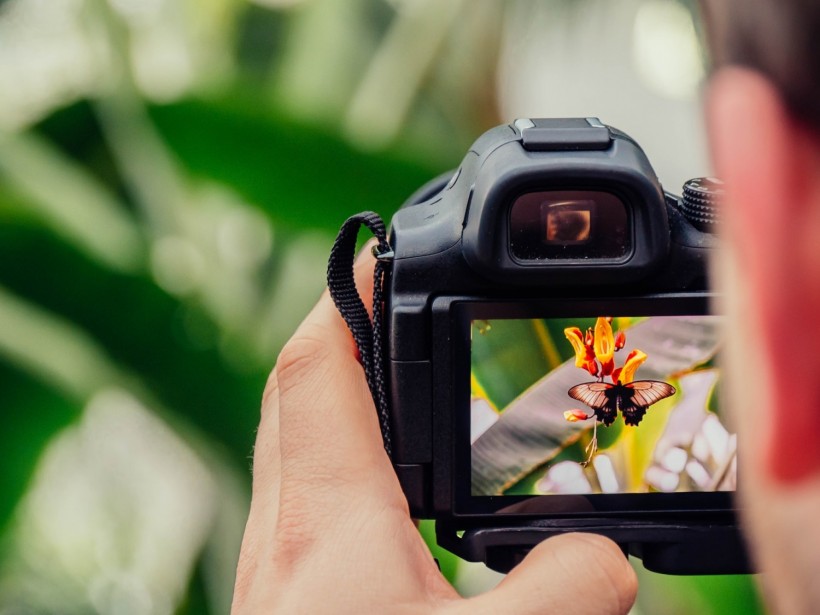
Privacy is an apparent problem with cameras incorporated into everything from smartphones to wearables to smart glasses. Researchers intend to emphasize privacy by developing a new camera that can only record what you want it to catch.
Privacy in Photos
The world has come to terms that undercover cameras will never be banned, and digitally modifying photos for privacy is a genuine hassle. To tackle this, UCLA researchers are developing a radically new type of camera that can choose to catch or ignore particular items in the picture before they are captured.
"Privacy protection is a growing concern in the digital era, with machine vision techniques widely used throughout public and private settings," the researchers wrote in their published paper.
To be clear, people have used numerous tactics to conceal their identities in photos they did not want to be a part of. They either pixelate their images or use Photoshop to remove a portion of a shot digitally. Firms also use automatic algorithms, such as Google Maps, to obscure faces and license plates in billions of photographs.
Unfortunately, all of these are post-processing procedures after a digital picture has been shot and saved. Per Gizmodo, original raw photographs containing potentially sensitive information still remain and may be exposed. This is why UCLA researchers sought to address privacy problems at the starting point by developing a privacy camera. As light enters a camera, the selected image is already taken before it reaches the image sensor.
Also Read: A Privacy Nightmare? Qualcomm's Always-on Smartphone Camera Will Be Watching You
New Privacy Camera from UCLA Researchers
In their published paper, this camera employs a totally different method to take photos. First, they sat down with the desired item to be captured.
This diffractive camera uses deep learning to shape transmissive interfaces to execute "selective imaging of target classes of objects positioned in its input field-of-view." Following manufacturing, the thin diffractive layers collectively execute optical mode filtering to precisely produce pictures of objects belonging to a target data class or set of classes while deleting objects belonging to "other data classes at the output field-of-view."
In other words, you may select which thing to capture, and the camera will focus on it. Ignore the object, and it will do what you exactly want.
The feasibility of these class-specific diffractive cameras was proved experimentally utilizing terahertz (THz) waves and 3D-printed diffractive layers that photographed just one class of the pretrained handwritten digit dataset while optically deleting the other handwritten digits.
With thousands of microscopic diffractive assets particularly crafted to correspond to the desired object while the others were optically erased, this implies that the image that is ultimately recorded cannot be reverse-engineered to infer what was eliminated.
At present, the practical implications for this drastically new approach to photography are quite limited. It will not be included in the new iPhone's camera app anytime in the foreseeable future. However, the discovery provides several significant advantages over present methodologies.
Related Article: Major Supermarket Chains to Use Cameras That Can Guess Age of Alcohol Buyers
This article is owned by Tech Times
Written by Thea Felicity









